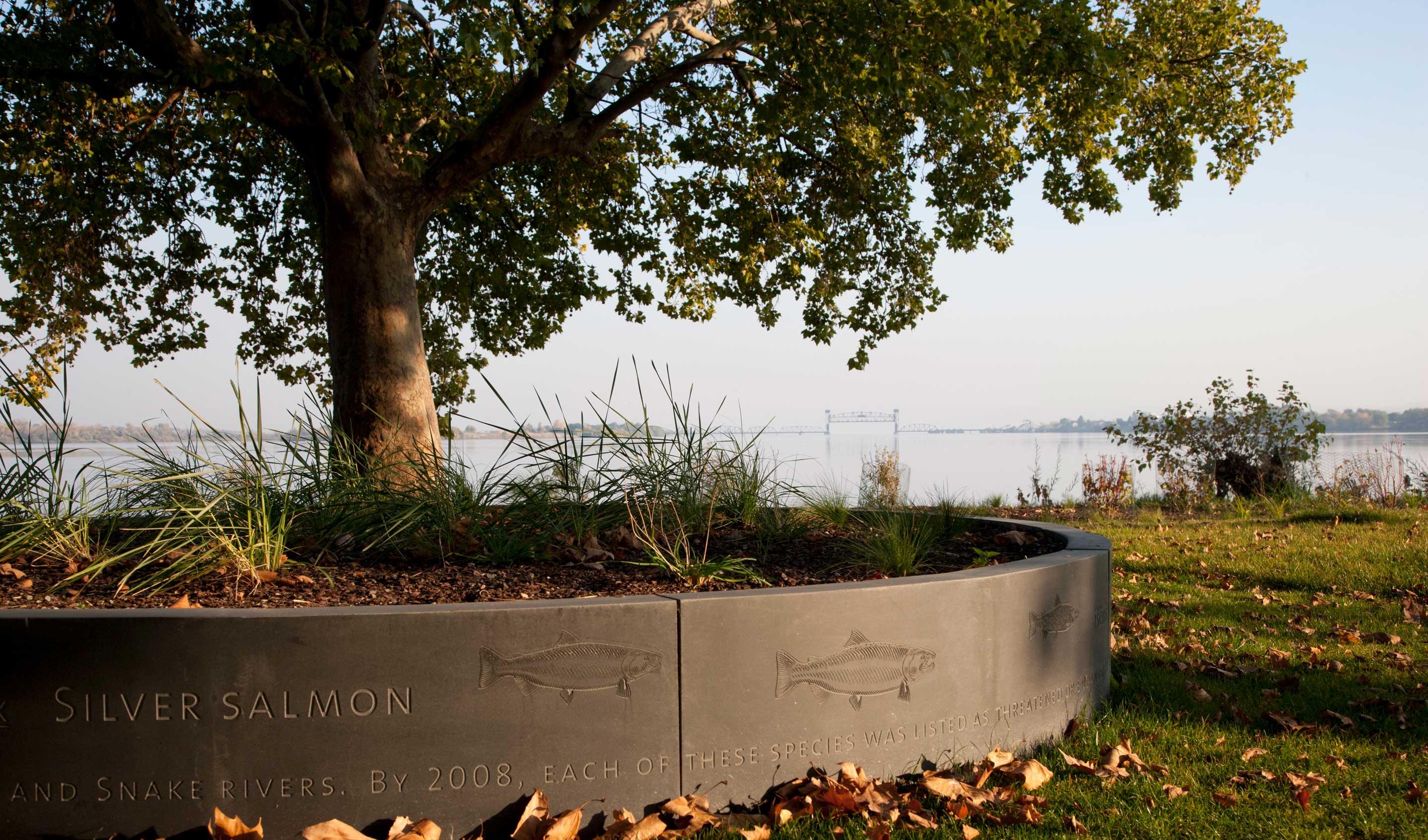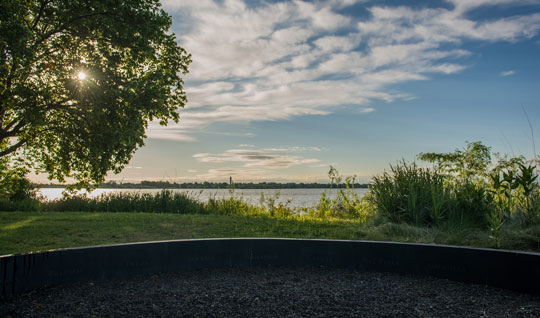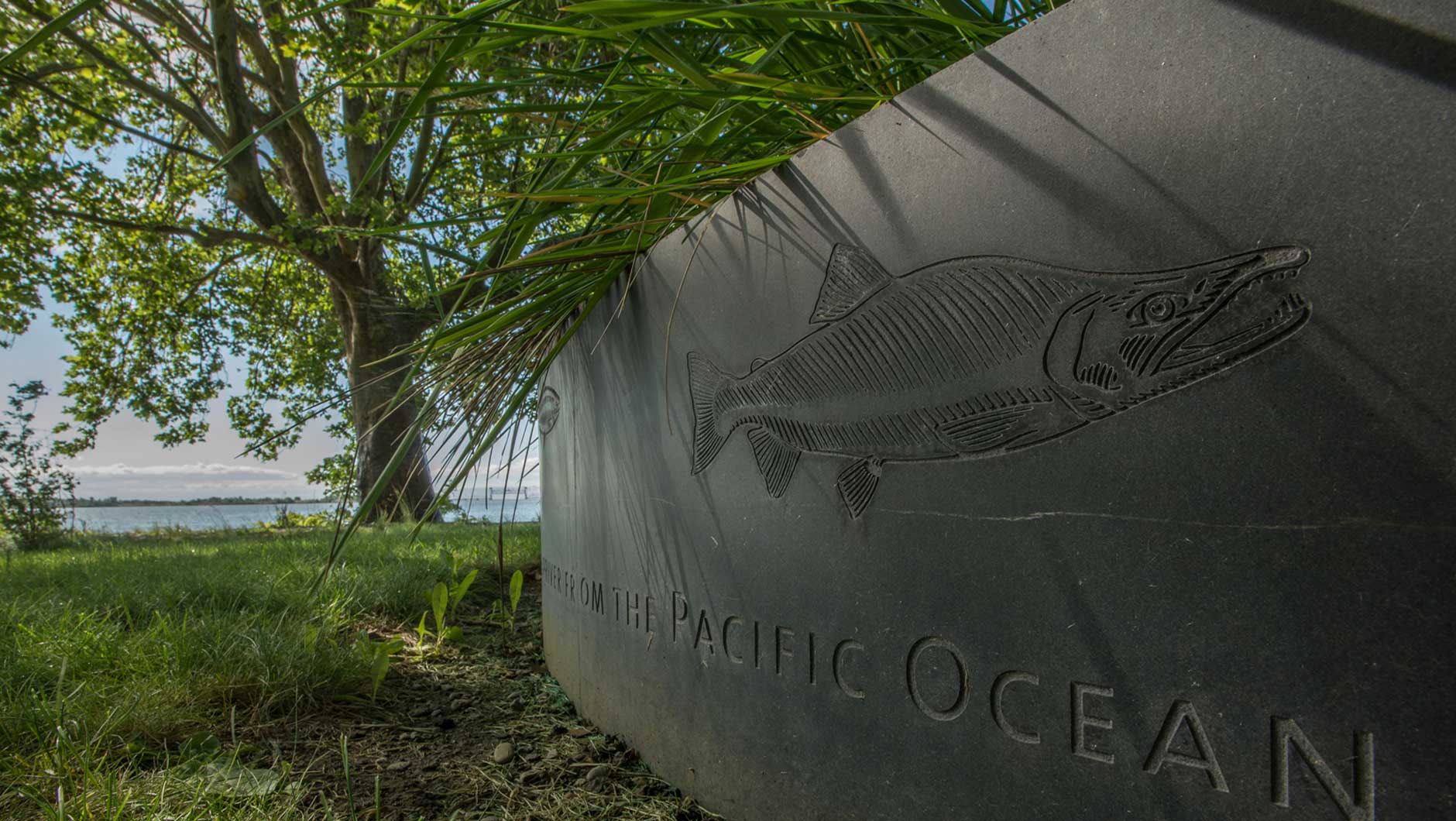Rabbits and Rivers: A Confluence Story Gathering
The Pacific Northwest History ends with a closing event at Sacajawea Historical State Park in Pasco, co-hosted by the Washington State Historical Society, Oregon Historical Society, Confluence, and Washington State Parks. Join us for food and beverages and reflect on the ideas and conversations that emerged throughout the conference. Attendees can visit the interpretive center, engage with the Confluence Story Circles designed by artist Maya Lin, and explore the site through the lenses of place names, language, storytelling, teaching, and remembering. The evening culminates with a Confluence Story Gathering, a conversation moderated by Emily Washines, considering how creativity and curiosity inform our approaches to studying history. Guest speakers include Laurie Arnold, Ph.D., Assoc. Professor of History & Director of Native American Studies, Thomas Gregory, Nez Perce Language Team Leader, and Dr. Coll Thrush, Professor of History at the University of British Columbia.
5pm – 6:30pm: Food and exploring the Story Circles
6:30pm – 8pm: Panel Discussion
WHERE: Sacajawea State Park, 2503 Sacajawea Park Rd, Pasco, WA
As you explore the Story Circles we invite you consider these questions, which will be also considered by our speakers:
What have you seen, felt, imagined, tasted, smelled, heard at this multi-layered site that has you thinking?
What was your best research dead-end?
What do historians needs more of?
Why do some people celebrate the New Year in December?
How did we first harness fire?
What makes a rabbit like a bicycle?
About the Story Circles:
Realize the power of the river – against the backdrop of the hills – feel the significance of the place through its geography: a confluence of economy, living culture, subsistence, business and ceremonies. Look closer to understand better the confluence of the great Columbia River with the Snake River supporting activities, towns and people – to help people live. We are one with it. – Antone Minthorn, Umatilla Leader and Elder, Confluence founding board chairman
What Confluence intends is to reveal the deeper history of the place. Go out and read each Story Circle. Each one frames and tells you a little bit more about this place in terms of the (Columbia Plateau) Tribes who came here, and this was a very important place for them. -Maya Lin, Artist and Architect
Lewis and Clark first passed this spot on October 16, 1805. Because of its significance as a well-established gathering place for Native people, the explorers knew where they were for the first time since entering uncharted territory. Maya Lin has designed seven story circles that explore the Native cultures, language, flora and fauna, geology, and natural history of the site. As you pass from one story circle to the next, consider how the intersection of the Snake and Columbia rivers, cultures, communities and environmental forces have shaped and continue to affect the land around you. There is no prescribed order to visit the Story Circles. Enjoy your path at your own pace.
About Confluence: Confluence is a community supported non-profit that connects people to the history, living cultures, and ecology of the Columbia River system through Indigenous voices. We work through six art landscapes, educational programs, and public gatherings in collaboration with northwest tribes, communities, and the celebrated artist Maya Lin.



